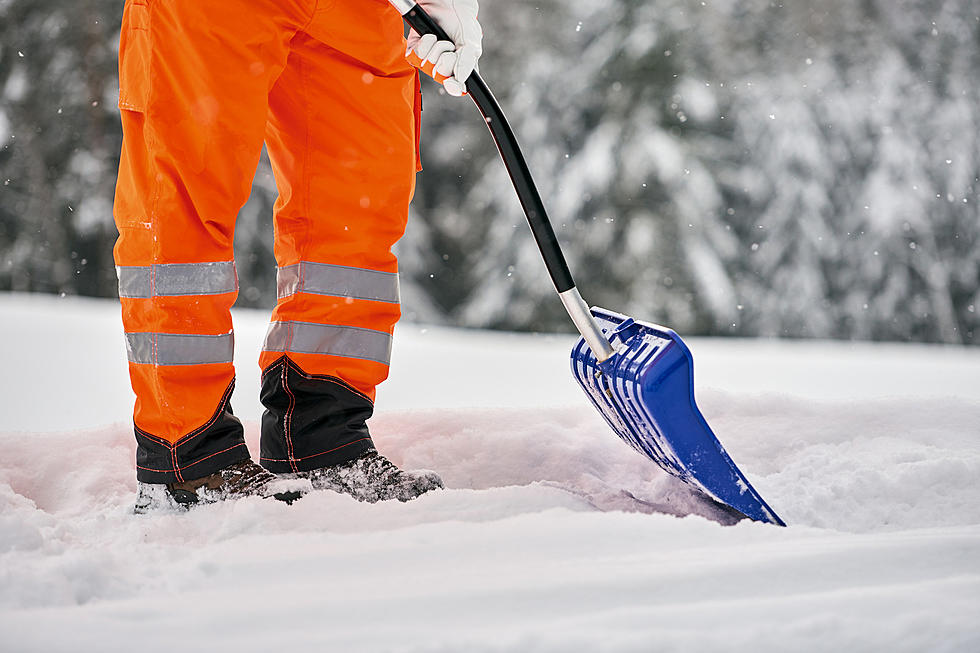
Is Snow In The Duluth Forecast For Late November Into December?
I have to say, we have been pretty spoiled so far this winter! We haven't had a major snowstorm or even a major cold snap like we commonly do at this time of the year.
We certainly started 2021 off on a very cold foot. The first half of February was the coldest start to the month ever and at one point during the month, it was so consistently cold that we had nearly three-hundred hours worth of wind chill advisories and alerts.
Thankfully, in mid-April, the National Weather Service said that our La Niña winter was coming to an end. Shortly after, we saw a small little glimpse of summer. It really has been a rollercoaster of a year in terms of the weather.
After a hot summer, we eased into spring and now we are really easing our way into winter! This is the time of the year that I read the weather forecast with one eye closed cringing but overall, it hasn't been that bad.

The National Weather Service of the Twin Cities issued an outlook for the end of November and into early December. I was scared to take a closer look fearing what it would say but when I did, I was pleasantly surprised!
The National Weather Service shared their outlook on Facebook Sunday (November 21st), with their outlook spanning through December fifth. According to their forecast, the Twin Ports will enjoy above-average temperatures into early December.
Not only will temperatures be mild but the National Weather Service says that "the pattern remains very dry with almost no chance of measurable snow for the rest of the month." Considering we had a massive snowstorm over Thanksgiving weekend a few years back, this is very welcome news.
The Old Farmer's Almanac was definitely off about the month of November. They predicted we would see a very snowy and cold month but that didn't really happen, except a few flurries here and there.
It should also be noted that this nice mild streak probably won't continue. This is the Twin Ports after all and the National Weather Service Climate Prediction Center already said earlier this year that La Niña was going to return for the winter season. As of the time of writing, that still holds true.
As for the Old Farmer's Almanac, they second that forecast. Earlier this year, they warned everyone that it will be one of the longest, coldest winters ever. That is one forecast I hope doesn't come true!
Twin Ports Roads To Avoid In The Winter
LOOK: The most expensive weather and climate disasters in recent decades
More From B105









